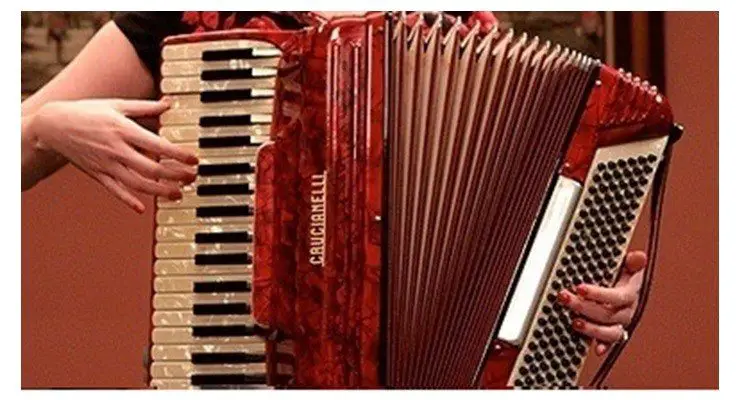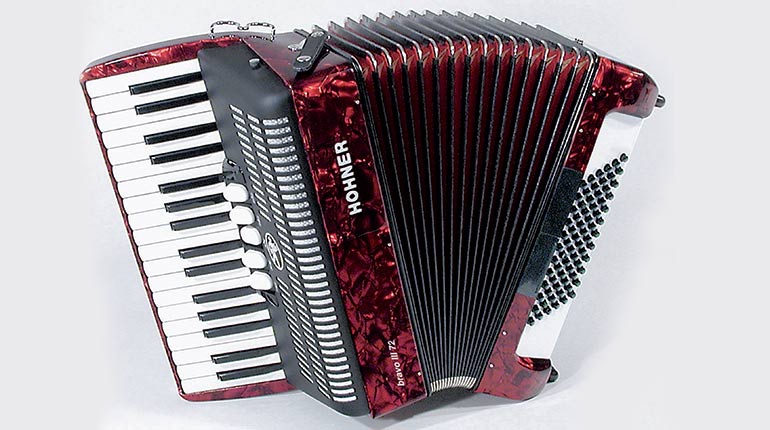

An air valve allows the air to flow through the bellows.
Chromatic button accordion method manual#
There are buttons on the digital accordion and a manual on the right-hand side. This module produces a sampled accordion and a wide range of non-accordion sounds.Īn Italian company, Farfisa developed the first digital accordion in the 1960s. It uses the features of a traditional accordion to trigger a digital sound module. The digital accordion is an electronic gadget that may or may not have reeds. The Luthiers C & R developed the Franglo system concertina, in association with Emmanuel Pariselle. It has a bisonoric system. The name Franglo incorporates the words French and Anglo. Anglo concertina is played in Celtic music. It has hexagon-shaped ends and a bisonoric system. Anglo concertinaĪnglo is a hybrid of German and English instruments. Unlike German concertina, it is hexagonal. English instruments are smaller than German ones. English concertinaĮnglish concertina plays both chromatic and unisonoric ( produce single notes). These have one reed per note, which produces a vibrating effect. It is bisonoric and has a square or rectangular shape. Traditional and classical music lovers also love to play this accordion.īased on history and construction, this instrument has the following types: German concertina It has widespread usage in music like polka and tango.

And Carl Friedrich Uhlig created the German version in 1834. The credit of the invention of the concertina goes to Sir Charles Wheatstone. While in contrast, it has pressing buttons on both ends.

Other accordions have rows of buttons on the front. It consists of compressing and expanding bellows. ConcertinaĬoncertinas have free-reeds like various other types of accordions. A diatonic accordion with three strings of buttons usually comes with C, F, G keys or E, B, and F keys. Reeds are bisonoric.ĭiatonic accordion is designed to produce specific keys. This accordion is also heard in pop music, ethnic and pop-rock. Classical music lovers also play the diatonic accordion. The diatonic accordion is used in traditional folk music. Diatonic button accordionsĪ diatonic accordion is a button accordion. The note or pitch changes as they contract or expand. The notes and pitch depending on the direction of movement of bellows. The notes or sound produces, regardless of the direction of bellows that widen or contract.īisonoric accordion produces two different pitches or notes. Unisonoric accordions, as the name sounds, create single notes. These notes and pitches produce as the air moves through their reeds. Theĭifference is in their notes and pitches. Out of many types of accordion, unisonoric and bisonoric accordions are of key importance.
Chromatic button accordion method free#
there are several variations of these such as the mighty Russian Bayan which can give you up to 5 octaves of everything on one keyboard! not forgetting the 120 bass buttons to keep your left hand busy! these have a stradella or a free bass system. I will not go in to too much detail here because these are specialist instruments and may not be what you are after to learn on. These were developed to give a player more notes and flexibility than the big piano accordions could give. They are huge, complicated, have hundreds of buttons and tend to be played by extremely dedicated buttonistas! Whilst they look like large button boxes they work more like a piano accordion.


 0 kommentar(er)
0 kommentar(er)
